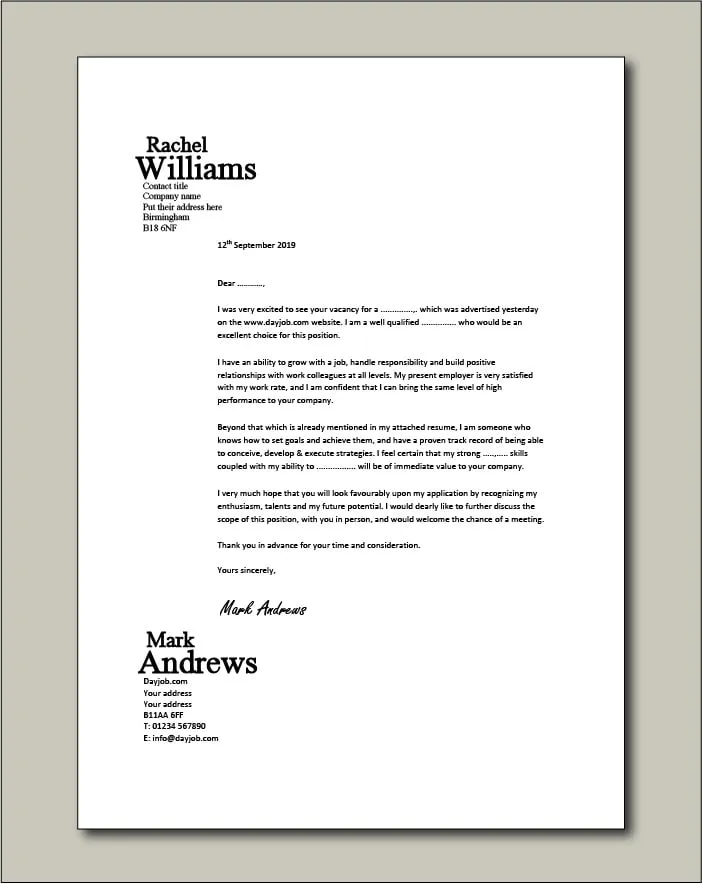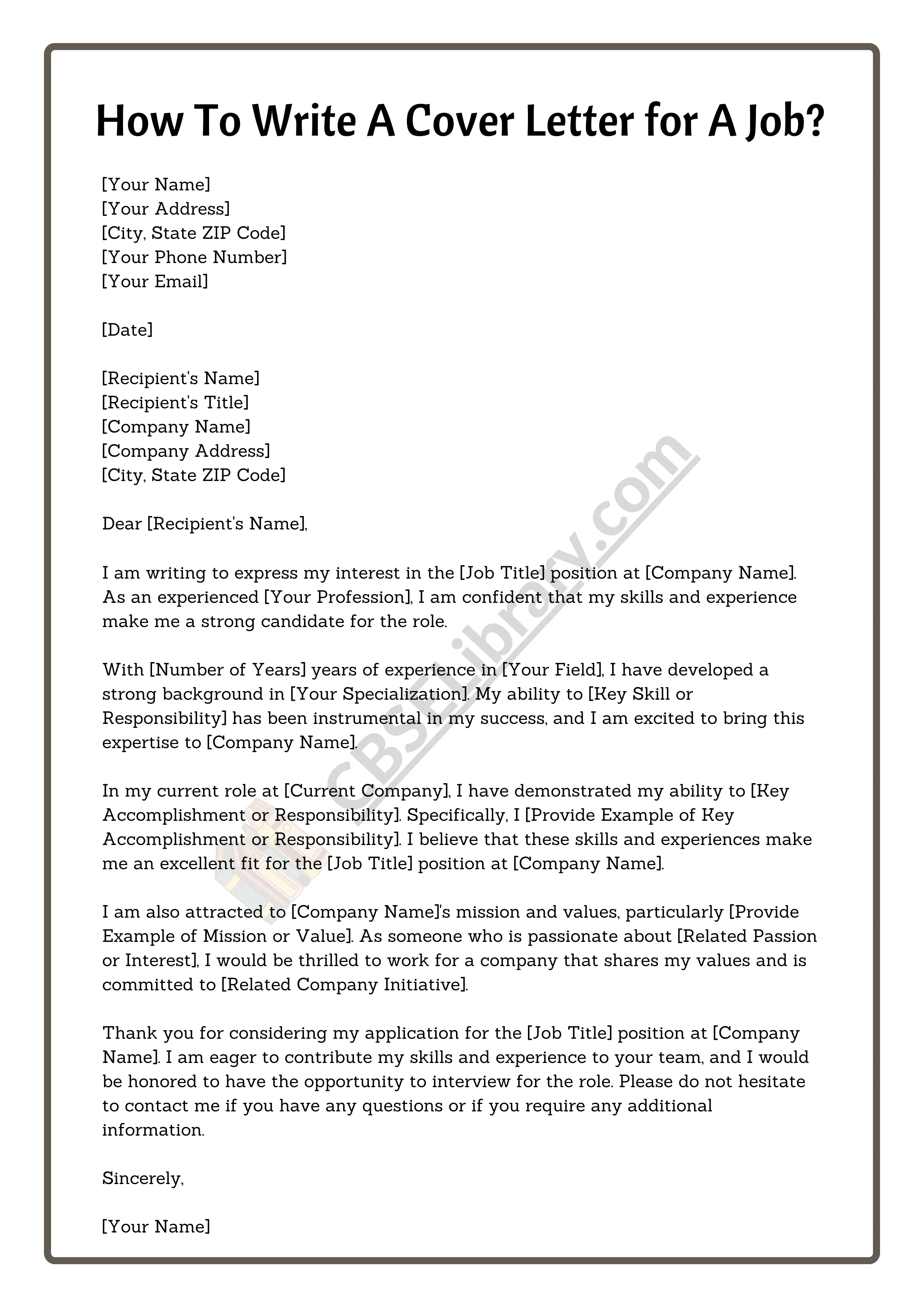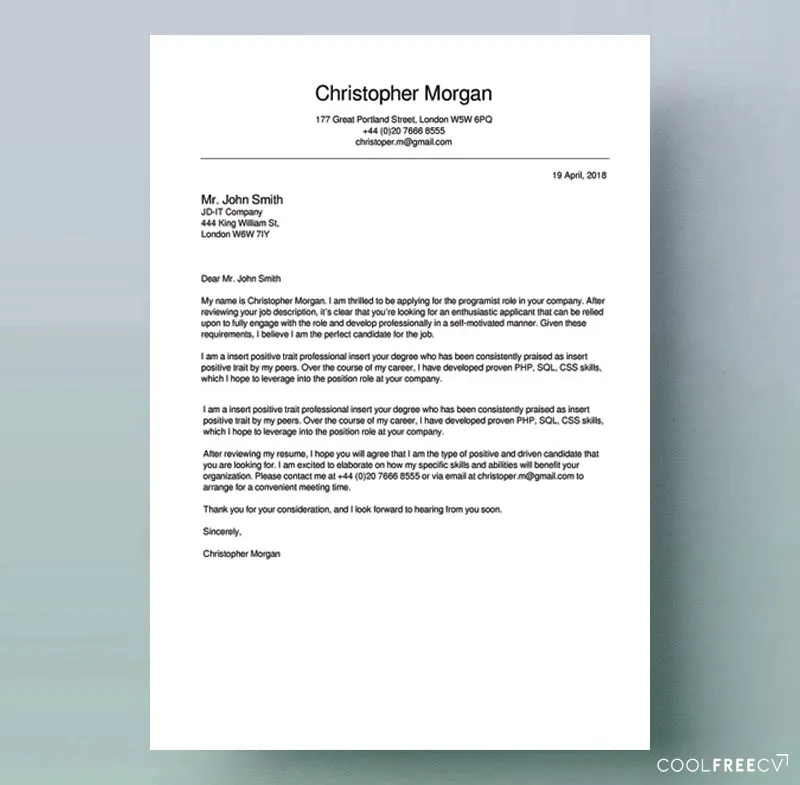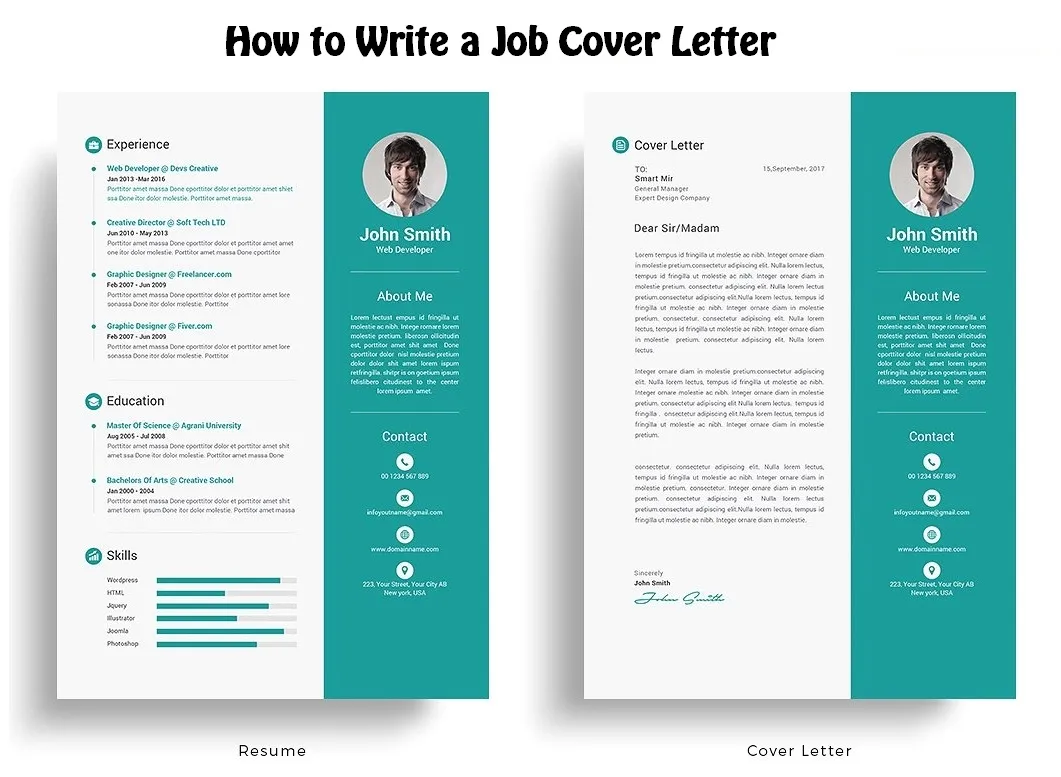What is a Cover Letter?
A cover letter is a crucial document that accompanies your resume when applying for a job. It serves as your initial introduction to a potential employer, offering a personalized snapshot of your qualifications, skills, and enthusiasm for the role. Unlike a resume, which provides a factual account of your work history and education, a cover letter allows you to showcase your personality, communication skills, and explain why you’re a perfect fit for the specific position and company. It is your opportunity to make a positive first impression and persuade the hiring manager to read your resume and consider you for an interview. A well-crafted cover letter can significantly increase your chances of securing an interview and ultimately landing the job. It is an essential tool in your job-seeking arsenal, complementing your resume to present a compelling case for why you should be hired.
Why a Cover Letter is Essential
In the competitive job market, a cover letter is essential. It provides an avenue for you to personalize your application and demonstrate your understanding of the specific job requirements and the company’s needs. A well-written cover letter showcases your communication skills, which are vital in most professional settings. It’s your chance to expand on your resume, providing context and detail that can’t be captured in a bulleted list. Furthermore, it allows you to highlight your unique value proposition – what makes you stand out from other candidates. By articulating your career goals and expressing your genuine interest in the position and the company, you signal to the employer that you’ve done your research and are genuinely interested in the opportunity. Ignoring the importance of a cover letter means missing a valuable opportunity to create a strong first impression and potentially losing out on job opportunities. A cover letter lets you shine a light on your best qualities.
Cover Letter Tips Make it Stand Out

Crafting a cover letter that captures attention requires a strategic approach. Start with a compelling opening paragraph that immediately grabs the reader’s interest. Avoid generic greetings like “To Whom It May Concern” and personalize your letter by addressing the hiring manager by name, if possible. In the body of the letter, tailor your content to the specific job and company. Highlight relevant skills and experiences, providing concise examples that demonstrate your achievements and how they align with the job requirements. Be clear about your motivations for applying and why you’re a good fit for the company culture. Keep the tone professional yet enthusiastic, reflecting your personality and passion. Use action verbs to create a dynamic and engaging narrative. Finally, conclude with a strong call to action, expressing your eagerness for an interview and providing your contact information. Use these cover letter tips to create a document that stands out from the competition. Remember to showcase your most relevant qualities.
Tailoring Your Cover Letter
One of the most effective cover letter tips is personalization. Tailoring your cover letter to each specific job application is critical for making a positive impression. Generic, one-size-fits-all cover letters simply won’t cut it. Begin by carefully reviewing the job description, identifying the key skills, qualifications, and experiences the employer is seeking. Then, align your cover letter with these requirements, highlighting the relevant aspects of your background. Explain how your skills and experiences have prepared you for the role, providing specific examples of your accomplishments and how they relate to the job. Show the employer that you understand their needs and are prepared to contribute to their success. Demonstrate your knowledge of the company and industry by mentioning relevant achievements and explaining why you’re excited about the opportunity. Personalizing your cover letter indicates that you’ve invested time and effort into the application process, showing genuine interest in the position.
Researching the Company
Before writing your cover letter, thoroughly research the company. This crucial step allows you to personalize your letter and demonstrate your genuine interest in the organization. Explore the company’s website, social media profiles, and recent news articles to gain insights into its mission, values, culture, and recent achievements. Identify the company’s products, services, and target audience. Understand the company’s position in the industry and any current challenges it may be facing. This research helps you to tailor your cover letter to the company’s specific needs and demonstrate your understanding of its business. In your cover letter, mention something specific that resonates with you about the company, such as its commitment to innovation, its positive impact on the community, or a particular project. This demonstrates that you’ve done your homework and are genuinely interested in joining the team. Company research is not merely an extra step; it is an essential tool for a compelling cover letter.
Highlighting Your Skills and Experience

Your cover letter should showcase your most relevant skills and experience. Begin by identifying the key requirements of the job you’re applying for. Then, select the skills and experiences that align with these requirements and highlight them in your cover letter. Instead of simply listing your skills, provide specific examples of how you’ve utilized those skills in previous roles. Use the STAR method (Situation, Task, Action, Result) to structure your examples. Describe the situation you were in, the task you were assigned, the actions you took, and the positive results you achieved. Quantify your achievements whenever possible, using numbers and data to demonstrate your impact. For example, instead of saying “Managed social media campaigns,” you might say “Increased social media engagement by 30% within six months by implementing new content strategies.” This approach not only showcases your abilities but also provides concrete evidence of your accomplishments. Remember, your cover letter is your opportunity to tell your story, so make sure your skills and experience resonate.
Quantifying Your Achievements
One of the most effective cover letter tips is to quantify your achievements. Numbers and data provide concrete evidence of your accomplishments and demonstrate your impact in previous roles. Instead of making vague statements, use metrics to showcase your successes. For instance, instead of stating “Improved customer satisfaction,” you could write “Increased customer satisfaction scores by 15% through implementing a new feedback system.” When describing your responsibilities, use numbers to illustrate the scope of your work. For example, “Managed a team of 10 employees” or “Managed a budget of $1 million.” Consider using percentages to demonstrate improvements, growth, or cost savings. For example, “Reduced operational costs by 10%” or “Increased sales by 20%.” Be sure to tailor your quantifiable achievements to the specific job requirements and focus on the metrics that matter most to the employer. Quantifying your achievements adds weight to your claims, making your cover letter more persuasive and memorable. Make numbers your friend to gain a competitive edge.
Formatting Your Cover Letter
The format of your cover letter is as important as its content. A well-formatted cover letter is easy to read and makes a positive impression on the hiring manager. Use a professional font, such as Times New Roman, Arial, or Calibri, and maintain a consistent font size (typically 11 or 12 points). Ensure your letter is single-spaced with a blank line between each paragraph. Use left alignment and avoid excessive indentation. Include your contact information at the top of the letter, including your name, phone number, email address, and LinkedIn profile URL. Address the hiring manager by name, if possible, using a formal salutation like “Dear Mr./Ms./Mx. [Last Name].” Keep your letter concise, ideally no more than one page. Use clear, concise language and break up large blocks of text with short paragraphs. Proofread your cover letter carefully for any grammatical errors, spelling mistakes, or typos. A well-formatted cover letter demonstrates attention to detail and professionalism, increasing your chances of being taken seriously.
Cover Letter Examples Adapt and Succeed

Reviewing cover letter examples is a valuable step in the job application process. Examples provide insight into effective formatting, language, and content. However, it’s crucial to adapt these examples to your unique circumstances. Find examples that align with your industry, job type, and experience level. Pay attention to the structure, tone, and style of each example. Analyze how the writer highlights their skills, experience, and achievements. Note how the letter is tailored to a specific job and company. Use these examples as a starting point, but never copy them verbatim. Customize each example to reflect your own qualifications and the requirements of the job you’re applying for. Change the details, personalize the content, and ensure the letter accurately represents you. By adapting cover letter examples, you can create a compelling document that stands out from the competition. The key is to learn from the examples and then make them your own.
Common Cover Letter Mistakes to Avoid
To boost your application, steer clear of common cover letter mistakes. One major mistake is using a generic, impersonal tone. Avoid using generic greetings and addressing the hiring manager by name. Ensure your cover letter is free of grammatical errors, spelling mistakes, and typos. Proofread carefully before submitting your application. Don’t repeat information from your resume; instead, use the cover letter to expand on your skills and experiences. Refrain from making negative comments about your previous employers or jobs. Avoid being overly formal or using jargon. Keep the letter concise and focused, highlighting only the most relevant information. Don’t ramble or provide excessive detail. Most importantly, don’t lie or misrepresent your qualifications. Honesty is essential throughout the job search process. By avoiding these common pitfalls, you’ll significantly increase your chances of creating a compelling cover letter that impresses the hiring manager.
Proofreading and Editing
Proofreading and editing are essential for a polished cover letter. After writing your cover letter, take the time to carefully review it for any errors. Check for grammatical errors, spelling mistakes, and typos. Ensure that your sentences are clear, concise, and easy to understand. Verify the accuracy of all names, dates, and contact information. Read your cover letter aloud to catch any awkward phrasing or inconsistencies. It can be helpful to have a friend, family member, or career counselor review your letter as well. They can provide a fresh perspective and catch any errors you might have missed. Proofreading and editing are crucial steps in ensuring that your cover letter is professional and reflects your attention to detail. A well-proofread and edited cover letter demonstrates your commitment to excellence and increases your chances of making a positive impression.
Call to Action Requesting an Interview

Conclude your cover letter with a strong call to action. This is your opportunity to express your interest in the position and request an interview. In the concluding paragraph, reiterate your enthusiasm for the opportunity and your belief that you are a good fit for the role. Thank the hiring manager for their time and consideration. Clearly state your availability for an interview and provide your contact information, including your phone number and email address. Keep the tone positive and enthusiastic. Make it easy for the hiring manager to take the next step by providing clear instructions on how to contact you. By including a strong call to action, you encourage the employer to take action and increase your chances of securing an interview. This is your chance to seal the deal and get one step closer to your dream job. Use this final paragraph to express your keen interest in the opportunity.
